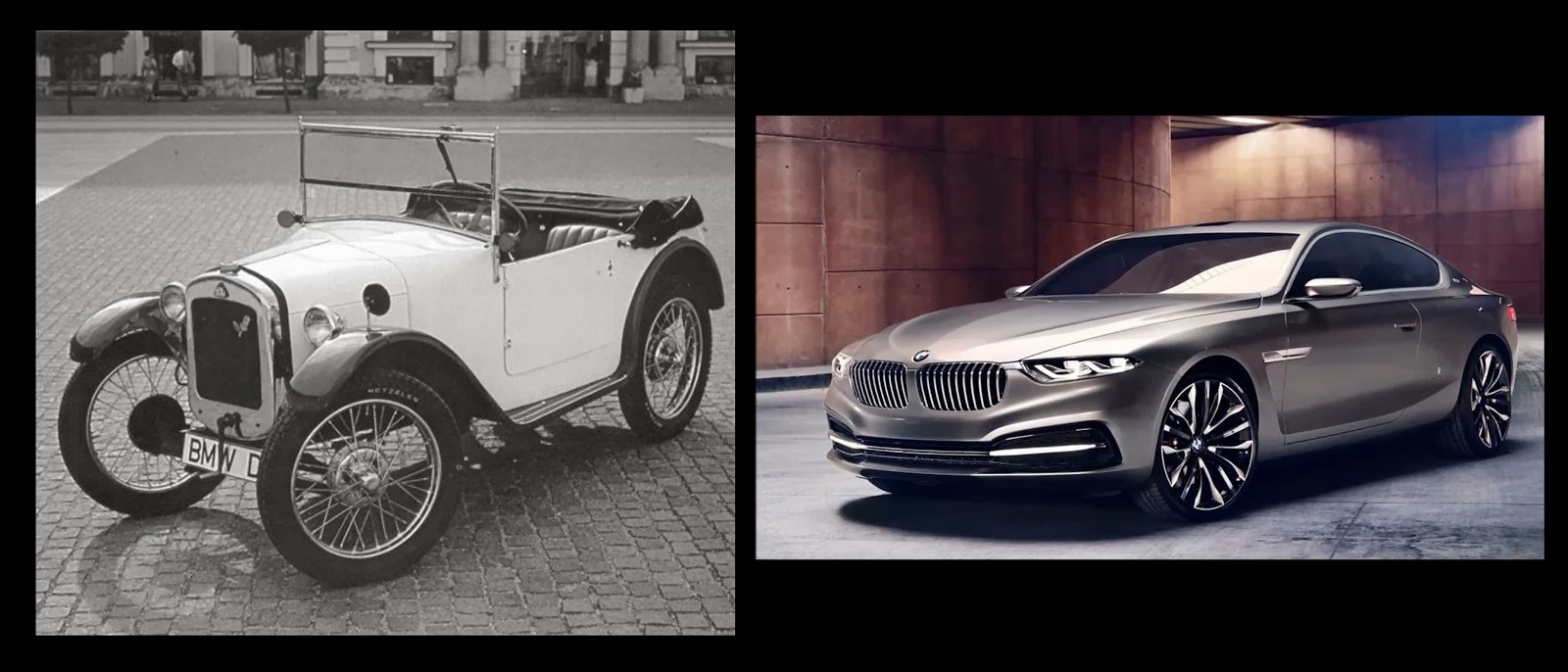 1) Exercise
extreme caution after a long dry spell. During a dry period, engine
oil and grease build up on the road over time. When mixed with water from a new
rainfall, the road becomes extremely slick. Continued rainfall will eventually
wash away the oil, but the first few hours can be the most dangerous.
1) Exercise
extreme caution after a long dry spell. During a dry period, engine
oil and grease build up on the road over time. When mixed with water from a new
rainfall, the road becomes extremely slick. Continued rainfall will eventually
wash away the oil, but the first few hours can be the most dangerous.2) Allow for more travel time. You should plan to drive at a slower pace than normal when the roads are wet. Keep in mind that traffic is likely to be moving slower as well. There's also the possibility that your pre-planned route may be flooded or jammed. Whatever the case, rushing equals higher risk.
3) Brake earlier and with less force than you would normally. Not only does this increase the stopping distance between you and the car in front of you, it also lets the driver behind you know that you're slowing down. Also, be more meticulous about using turn signals, so that other drivers know your intentions, and take turns and curves with less speed than you would in dry conditions.
4) Most of
5) Don't use cruise control. If you hydroplane, there's the chance your car could actually accelerate. Cruise control also allows drivers to be less vigilant and to take their foot away from the pedals — not a great idea when reaction time is so important.

6) If you see a large puddle up ahead, drive around it or choose a different route. It could be that it's covering a huge gaping maw into the front door of hell. Well, maybe not, but water splashing up into your car's engine compartment could damage its internal electrical systems.
7) Turn on your headlights, even when there's a light sprinkle. It helps you see the road, and more importantly, it helps other motorists see you. However, don't blast your high beams in the rain or fog — it'll obscure your view further, as the light will reflect back at you off the water droplets in the air. If your car is equipped with fog-lights, you may find it helpful to turn these on, as they throw a little extra light on the road while making your car easier to see.
8) Watch out for
pedestrians. An ordinarily
observant pedestrian may become distracted by fiddling with an umbrella or a
rain slicker. Plus, raindrops deaden sound, so the usual audio clues for
measuring car distances become obscured.
9) If it's
raining so hard that you can't see the road or the car in front of you, pull over and wait it out.
10) Track the car ahead of you. Let the car ahead pave a clear path, so to speak, through the water.
11) Give a truck or bus extra distance. Their extra-large tires can create enough spray to block your vision completely.
12) Defog your windows. Rain will quickly cause your
windshield to fog up. Switch on both front and rear defrosters and make sure
the air conditioning is turned on.

























